
From fine particulate emissions to noise and vibration, unchecked construction activity in expanding cities poses growing environmental and health threats.

With smoke risks increasing nationwide, officials are equipping households, schools, and workplaces with actionable strategies to safeguard health during wildfire season.

Federal officials say more than 300 sales of a disinfectant wipe product violated labeling requirements designed to ensure public safety and product effectiveness.

Indoor air quality is gaining recognition as a critical element of industrial hygiene, essential for protecting worker health and safety in enclosed environments.
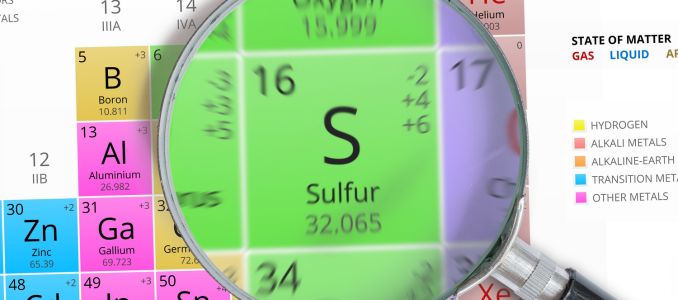
EPA investigates controversial startup for unauthorized sulfur dioxide releases in climate cooling scheme.

Meyer Distributing will pay $7.4 million and fund a $1.2 million clean air project after selling illegal emissions defeat devices.
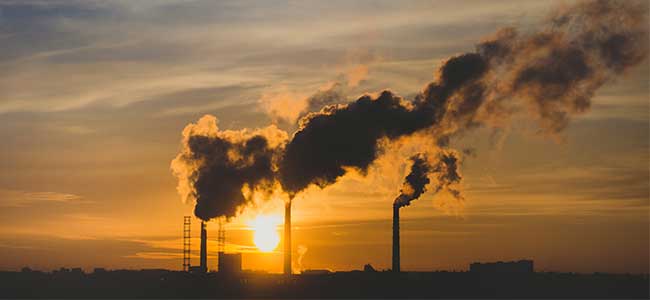
The EPA and DOE are investing $850 million to reduce methane emissions from the oil and gas sector through advanced technologies and community-focused initiatives.

The EPA has introduced stricter standards for lead paint dust in homes and childcare facilities to protect children's health, particularly in vulnerable communities.
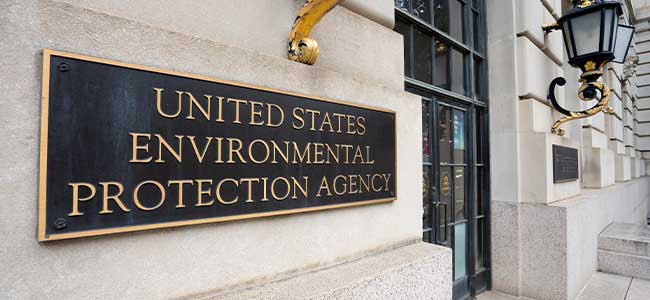
This fuel waiver aims to mitigate shortages in Illinois, Indiana, Michigan and Wisconsin.

Ultra-low sulfur diesel (ULSD) significantly reduces emissions and environmental impact by lowering sulfur content and enabling advanced emission control technologies.
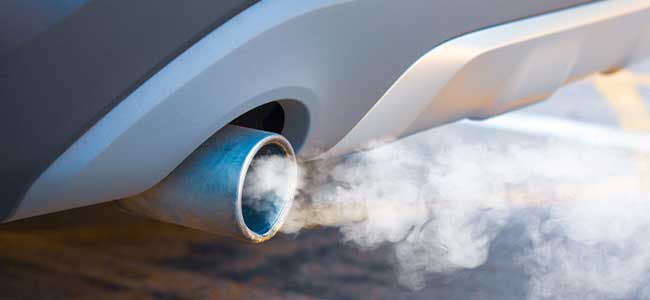
EPA announces $9 million in grants for tribes and territories to reduce diesel emissions, aiming to improve public health and support local economies.
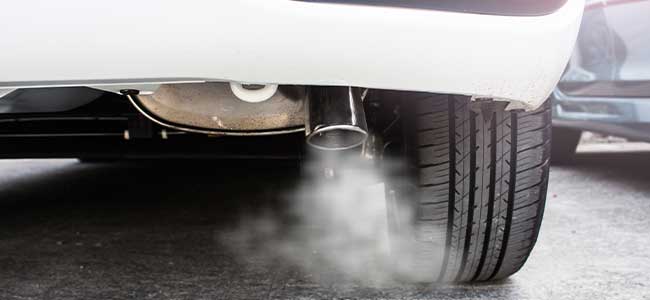
The Clean Heavy-Duty Vehicles Grant Program supports efforts to replace vehicles with zero-emiession alternatives.

Companies verified by third-party auditors reported a 7.5 percent annual drop in emissions.

The EPA was instrumental in launching the Global Methane Initiative in 2004.

Real-time monitoring and SMART building technologies can significantly reduce energy consumption and help the U.S. meet its ambitious carbon reduction targets.

The nine selected grant applicants will spearhead a wide range of projects combatting the adverse health effects of recent wildfires in the Western United States.

With the right approach, solutions that reduce emissions can also result in improved performance, increased productivity and reduced costs overall.

There’s no better time than National Radon Action Month to test for the dangerous gas.
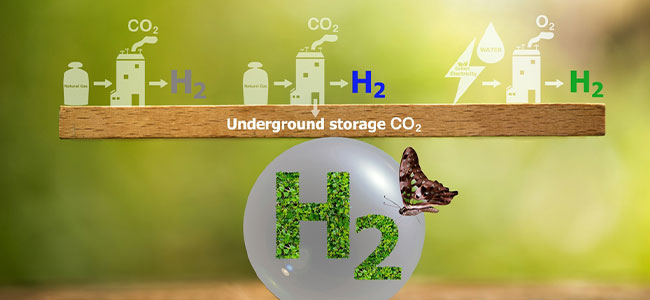
The EPA has authorized the state to take this step in boosting its environmental approach.

The agency will fund new projects at the Washington State Department of Health and the University of Washington.